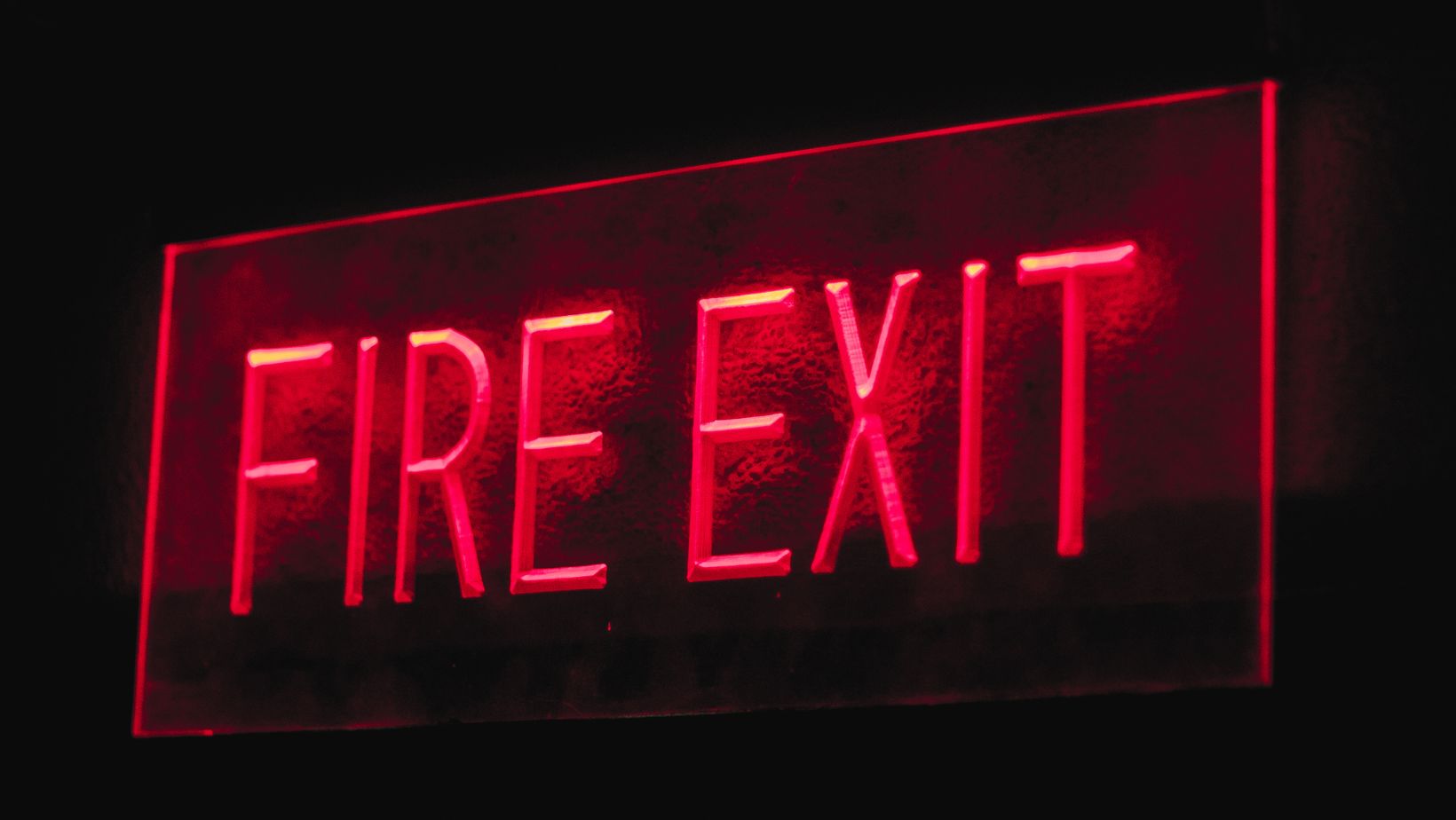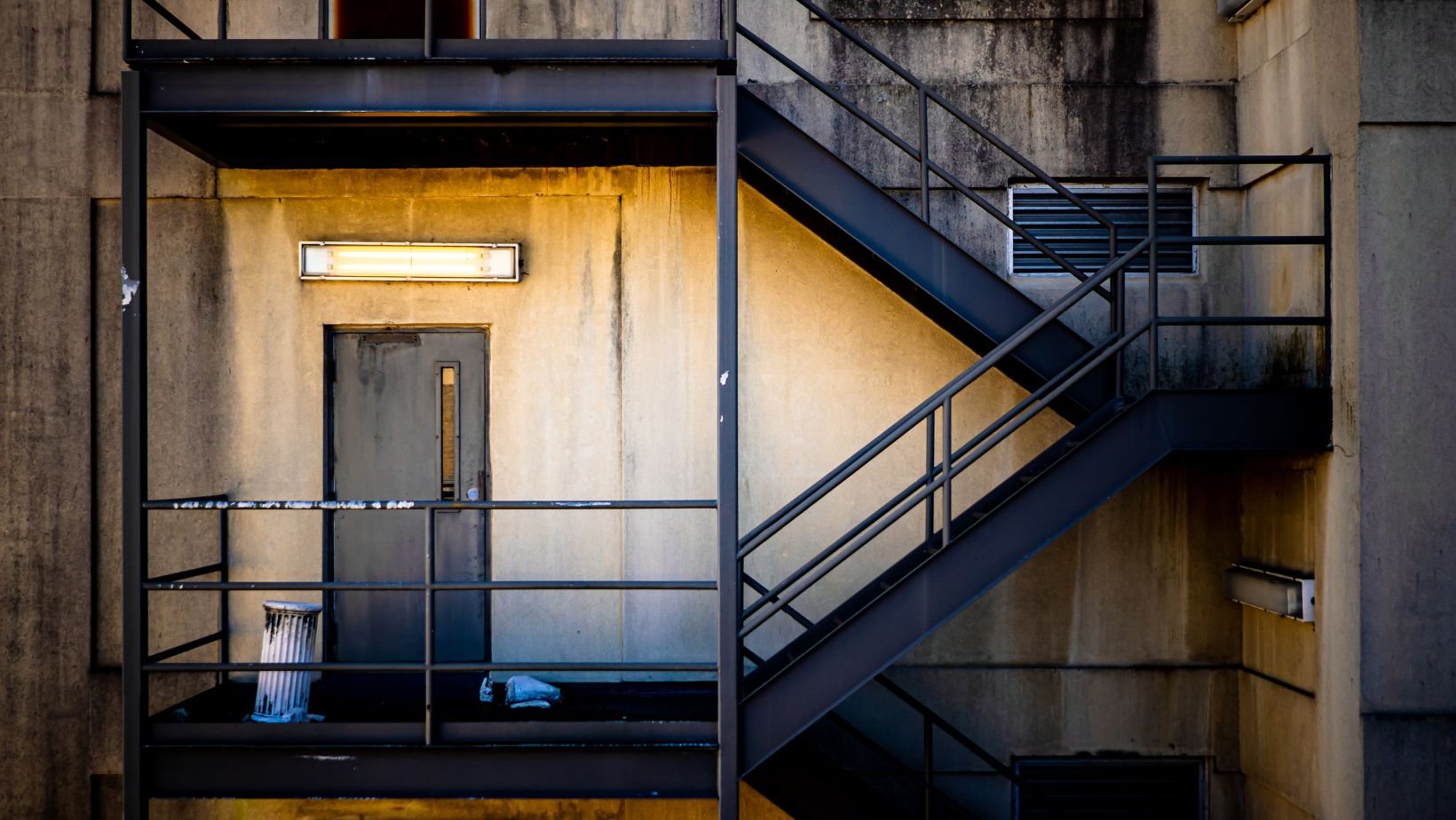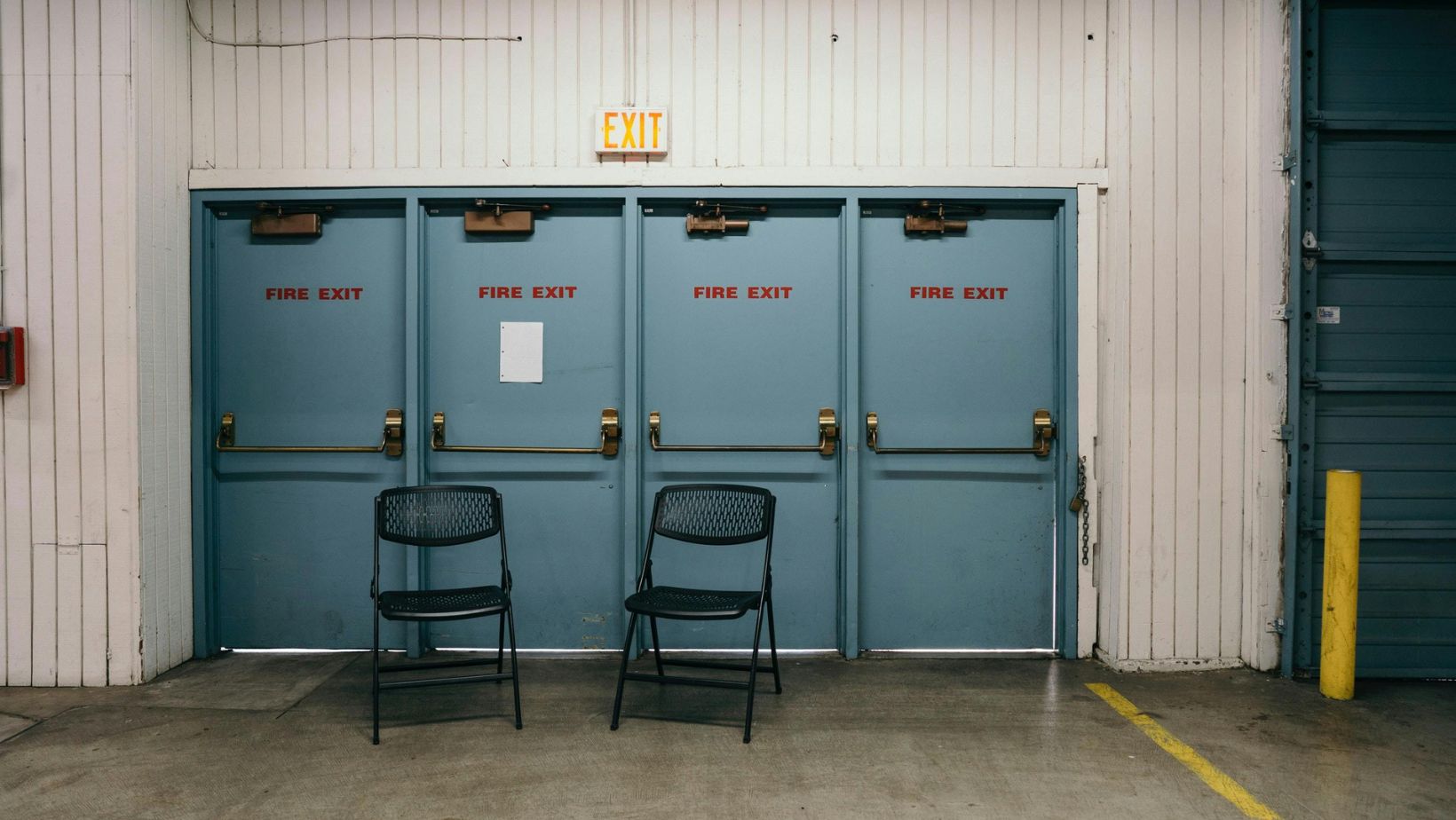Ensuring fire safety is a top priority for landlords and property managers, especially when it comes to Houses in Multiple Occupation (HMOs). One of the most critical components in fire safety is the fire door. These doors are essential for preventing the spread of fire and smoke, giving tenants time to escape and safeguarding property. Understanding the importance of HMO fire doors and complying with regulations can help protect both the people and the property you manage.
What Are HMO Fire Doors?
HMO fire doors are specially designed to prevent the spread of fire and smoke within a building. In an HMO, where multiple households share common areas, fire doors are essential to compartmentalize fire and give tenants a safe evacuation route in the event of a fire. These doors play a pivotal role in the overall fire safety strategy, as they help contain the fire within a specific area, reducing the risk to other parts of the building.

According to UK regulations, fire doors must meet specific standards to be considered effective. For HMOs, the fire doors are generally required to be rated as FD30, meaning they should withstand fire for a minimum of 30 minutes. However, depending on the risk assessment, you may also require FD60-rated fire doors, which offer protection for up to an hour. These ratings ensure that occupants have enough time to evacuate safely in the event of a fire.
Regulatory Requirements for HMO Fire Doors
The legal requirements for HMO fire doors are governed by several regulations and standards. The primary regulations include:
- The Housing Act 2004: This act requires that all HMOs meet specific safety standards, including fire safety. It mandates the installation of fire doors in high-risk areas, such as stairwells, kitchens, and between rooms with multiple occupants.
- The Regulatory Reform (Fire Safety) Order 2005: This legislation places responsibility on the ‘responsible person’ (usually the landlord or property manager) to carry out a fire risk assessment. The fire risk assessment will dictate where fire doors are required and which specifications they must meet.
- Local Authority Guidelines: Different local authorities may impose additional requirements based on the specific risks of the area, such as higher-rated fire doors or more frequent inspections.
Key Features of HMO Fire Doors
The design and installation of fire doors must follow specific guidelines to ensure they provide adequate protection. Here are some key features that HMO fire doors must have:
FD30 or FD60 Ratings: As mentioned earlier, fire doors in HMOs should typically be FD30-rated, meaning they should resist fire for at least 30 minutes. In high-risk areas, FD60-rated fire doors may be required for longer protection.
Proper Installation: The installation of fire doors is crucial for their effectiveness. Fire doors must be installed correctly, with the appropriate frame, hardware, and seals. It’s important that the door fits tightly in its frame to prevent smoke and fire from passing through gaps.
Self-Closing Mechanism: A fire door must have a self-closing mechanism that ensures it shuts automatically after being opened. This prevents the door from being left ajar, which could compromise its fire safety function.
Smoke Seals and Intumescent Strips: These features help seal any gaps around the door to prevent smoke and fire from spreading. Intumescent strips expand when exposed to heat, filling gaps to further prevent the spread of fire.
Maintenance and Inspection of HMO Fire Doors
Maintaining fire doors is just as important as installing them. Regular inspections should be carried out to ensure that the fire doors are still functional and comply with the regulations. Here are some common issues to check for:
- Gaps Larger Than 4mm: Gaps around the door and its frame should not exceed 4mm. If they do, smoke and fire could easily pass through.
- Damaged Seals: The smoke seals and intumescent strips should be intact. If these are damaged, they need to be replaced immediately.
- Faulty Door Closers: The self-closing mechanism must be working correctly. If the door doesn’t close automatically, it may not provide the necessary protection during a fire.
- Damaged or Missing Hardware: Check that all locks, hinges, and latches are properly installed and functional. Any damaged or missing hardware can compromise the fire door’s performance.
Compliance and Enforcement
Failure to comply with fire safety regulations, including the proper installation and maintenance of fire doors, can lead to serious consequences. Local authorities and fire services regularly conduct inspections, and if an HMO fails to meet fire safety standards, the responsible person may face heavy fines or even criminal prosecution.

Landlords and property managers should take the necessary steps to ensure their fire doors comply with the law and provide adequate protection for residents. Regular inspections and prompt repairs are crucial to maintaining fire safety standards and avoiding potential legal issues.
Conclusion
HMO fire doors are a critical component of fire safety in shared properties. By understanding the regulations, installing fire doors correctly, and ensuring regular maintenance, landlords and property managers can protect their tenants and avoid legal issues. For further guidance on HMO fire door regulations, visit HMO fire door regulations. Staying compliant with fire safety standards is essential for both the safety of residents and the success of the property management business.

